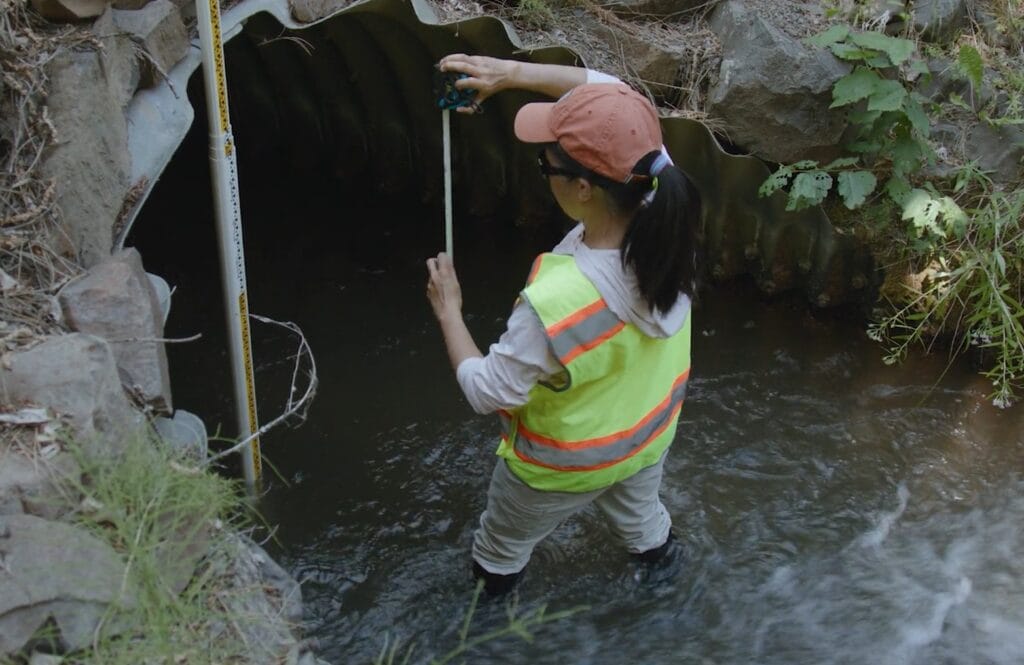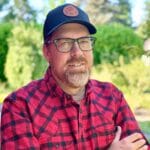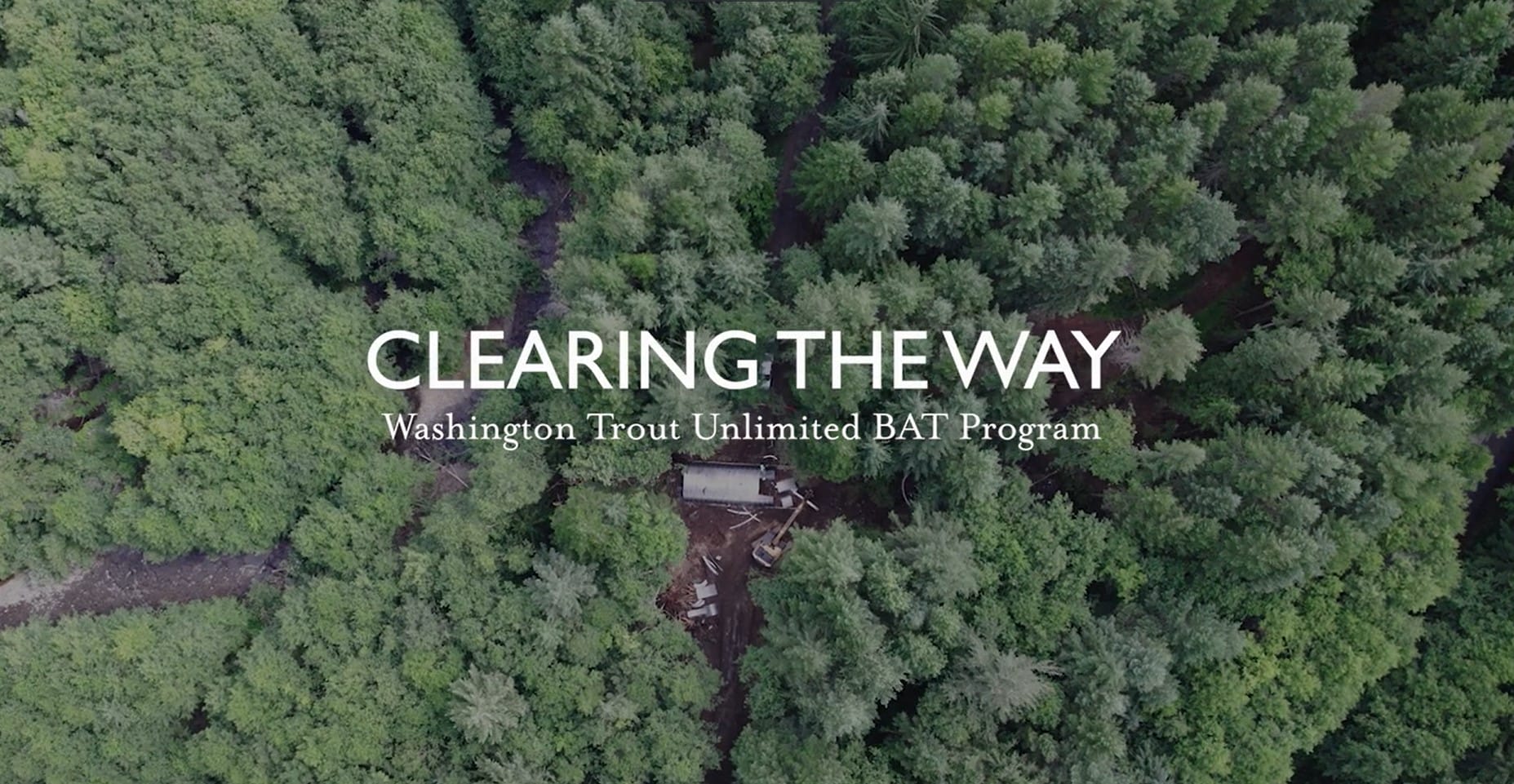A new film celebrates the dedicated volunteers of the Washington TU Barrier Assessment Team
Across a wide range of Washington’s beautiful coldwater rivers and streams, the incredible volunteers of Trout Unlimited’s Barrier Assessment Team (BAT) have been working hard to help decision-makers and agencies understand which culverts are preventing salmon, steelhead, lamprey and other native fish from reaching their historic habitat and how the most impactful barriers also limit the ecological function of the state’s watersheds.
The dedication and spirit of collaboration of these TU volunteers is celebrated Liam Gallagher’s inspiring new video “Clearing the Way.” Watch it today on the Washington Council of Trout Unlimited home page.
“One TU” at Work in Washington
The BAT Program is a perfect example of the shared commitment of TU staff and volunteers to work side-by-side to protect and restore their home waters and build the partnerships that make this important work possible.
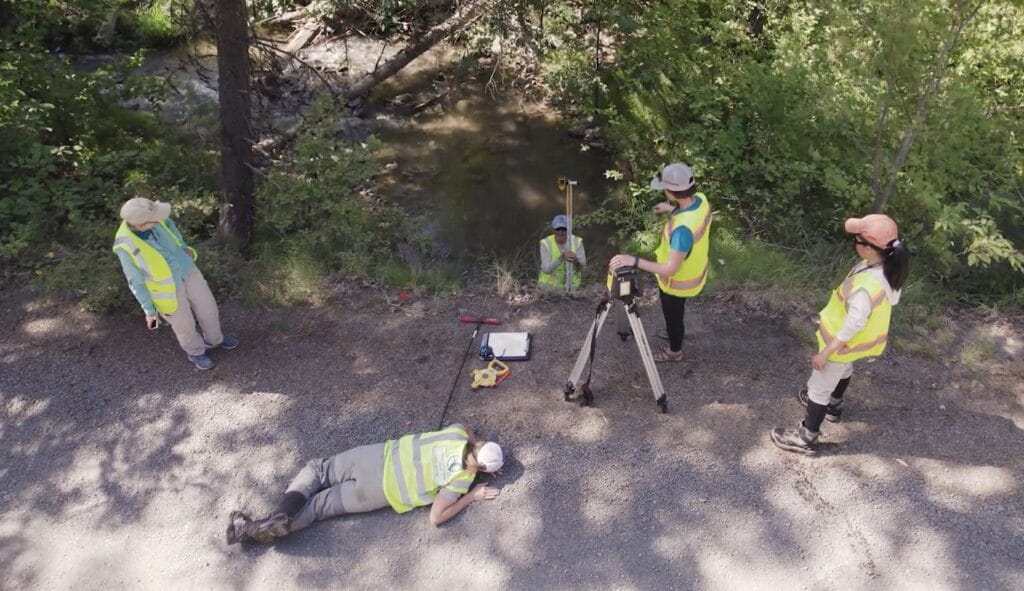
Since its beginning, the BAT Program has worked closely with TU staff in Washington to train volunteers and survey barriers throughout the state. In “Clearing the Way,” we hear from staff and volunteers as they visit projects in two Washington Priority Waters: The White River watershed in South Puget Sound and the Yakima River Basin in the Cascade Mountains.
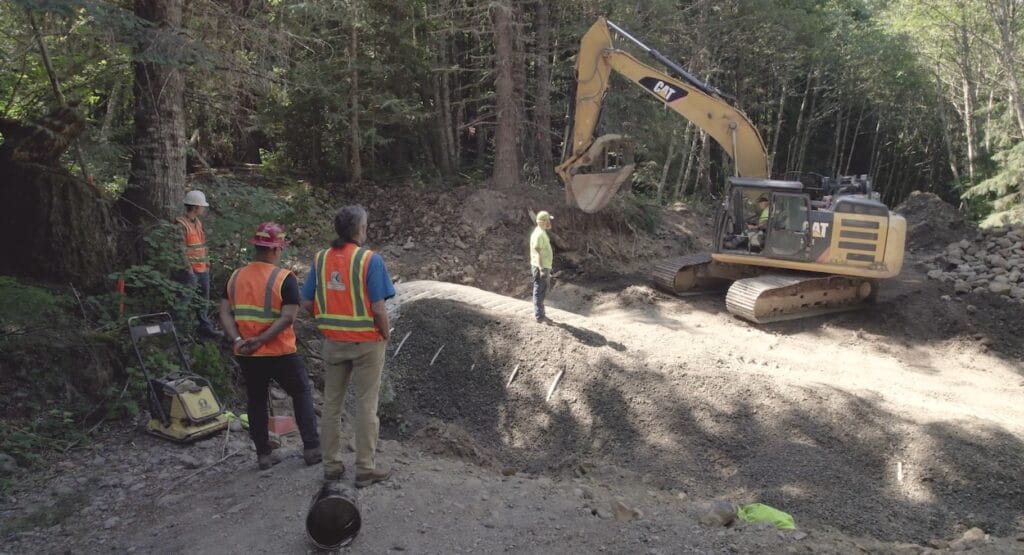
The rigorous data gathered by these teams provides partners at state and federal agencies with the tools they need to prioritize where limited resources would provide the most benefit to salmon, trout and clean coldwater resources. Their partnership with the US Forest Service has already led to key culverts being replaced in the White River watershed and helped launch the Snoquera Project, a new landscape-scale restoration effort focused on protecting Spring Chinook, Wild Steelhead and other native salmonids in the southern portion of the Mt. Baker – Snoqualmie National Forest.
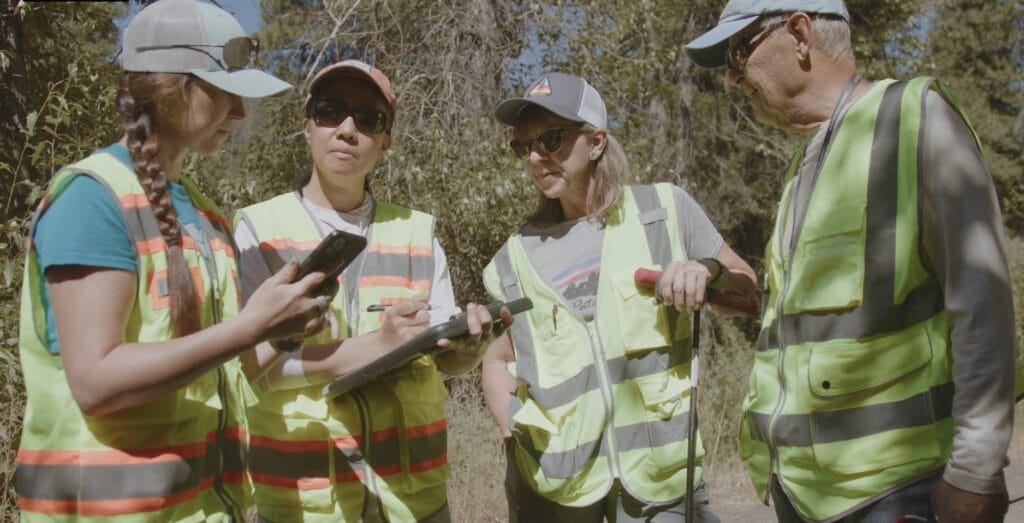
With key funding in place from the Inflation Reduction Act and Bipartisan Infrastructure Bill, TU and our partners are working closely with the Forest Service to restore fish passage and hydrologic function on key tributaries, enhance instream habitat, decommission and improve forest roads, and promote forest health across the 191,000-acre Snoquera landscape in the shadow of Mount Rainier, east of Seattle and Tacoma.
